Pavlova cake: 7 famous dishes named after Russians
1. Pavlova cake

The Russian ballet dancer Anna Pavlova from St. Petersburg was touring in New Zealand in 1926 and according to the legend, she inspired a confectioner from either Australia or New Zealand to create this scrumptious dessert. Some even claim the meringue base of a pavlova resembles a tutu. Pavlova can be in the form of a large round cake or small “baskets” with fruit. The dessert itself is made from meringue and cream and served with strawberry, raspberry, or passion fruit.
Today this dessert spreads around the globe and you can try it everywhere, from Australia to the U.S. Check the recipe here>>>
2. Gagarin pie
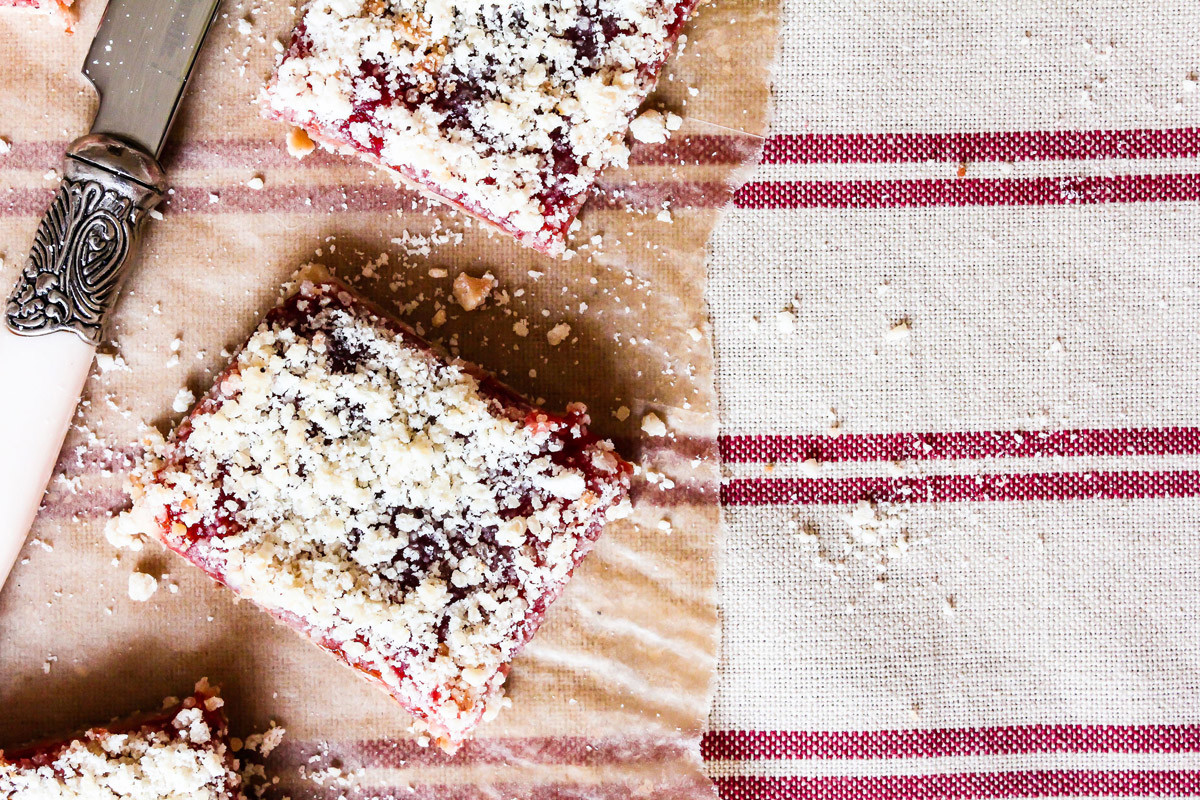
Early in the morning on April 12, 1961 a rocket boosted the Vostok spaceship into Earth's orbit. Onboard was the first human space traveler, Soviet citizen Yuri Gagarin. After landing he was treated like a god and when he traveled abroad everyone wanted to meet him. In Poland locals treated him to a choco-fruit dessert and he was a big fan. As a result, since then Gagarin pie has been a Polish favorite.
The pie has several layers: Biscuit dough, chocolate dough, fruit, and biscuit crumb. But the main ingredient for this cake – you won’t believe – is kissel in solid briquette form. It was a rather popular drink in Soviet times, and this way of its cooking was really unexpected. Nevertheless, this pie is really worth a try.
3. Beef Stroganoff
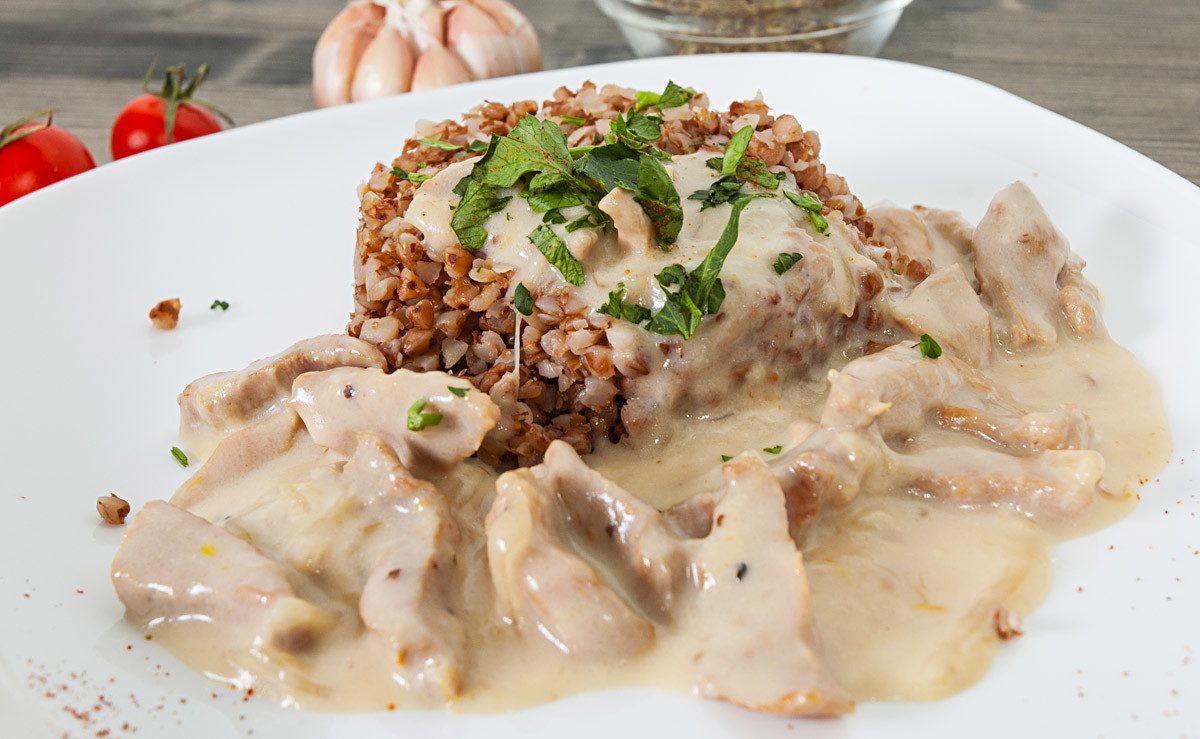
A proprietary dish was concocted
4. Guryev porridge
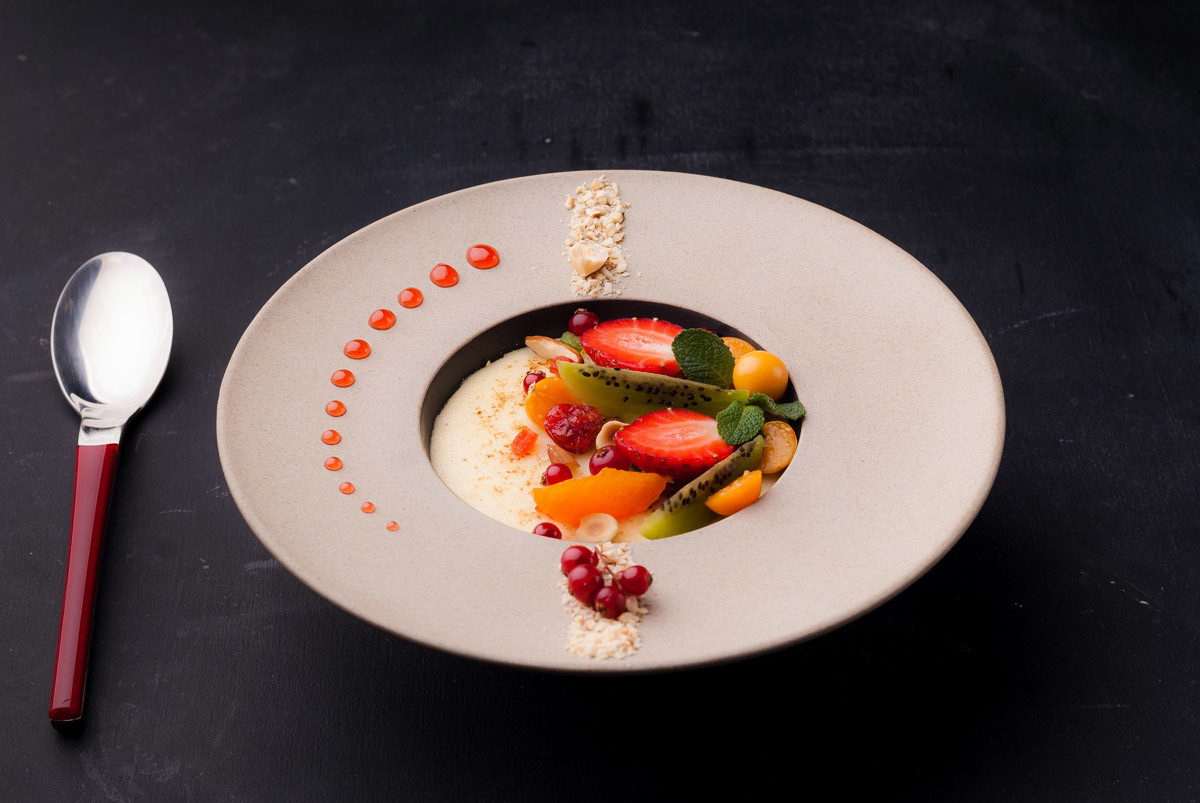
Russians love porridge: Buckwheat, oatmeal, or millet, but the semolina variety is
The porridge was invented in the early 19th century by Zakhar Kuzmin, a peasant who served as a cook in the house of Russia’s Finance Minister Dmitry Guryev. The official was so carried away by this splendid porridge that it eventually took his name.
Guryevkaya kasha was held in high regard by the court of Emperor Alexander III, who considered the porridge his favorite dish. And its recipe has remained unchanged since tsarist times.
So let's revive this dish – it's not that hard.
5. Tsvetaeva pie
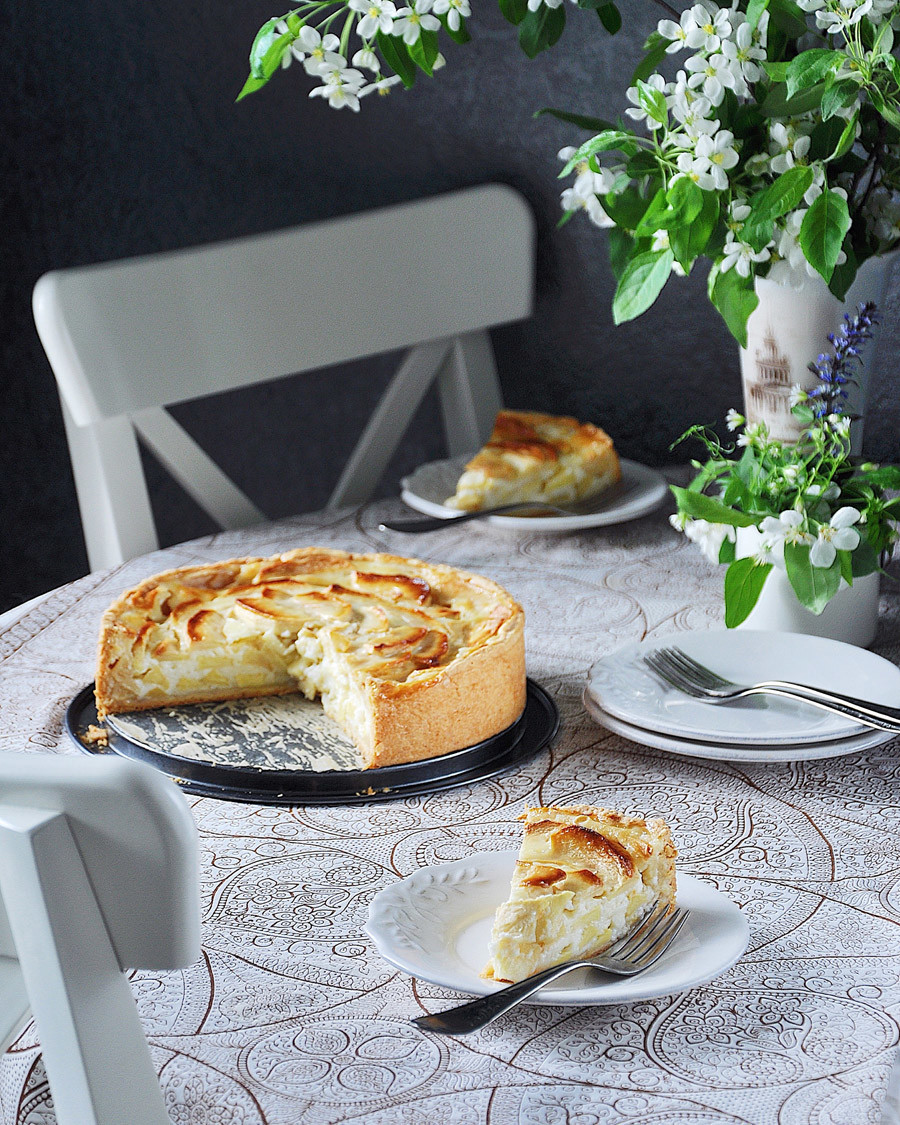
This apple cake bears the name of 20th century Russian poet Marina Tsvetaeva. The creamy pie was noted in her sister’s diary, who recalled how they enjoyed the pudding during childhood while spending summer at their dacha in Tarusa (Kaluga Region). It’s not known if the sisters cooked this pie themselves, but today it’s a tradition to bake this pie every year before her birthday.
6. Bagration salad
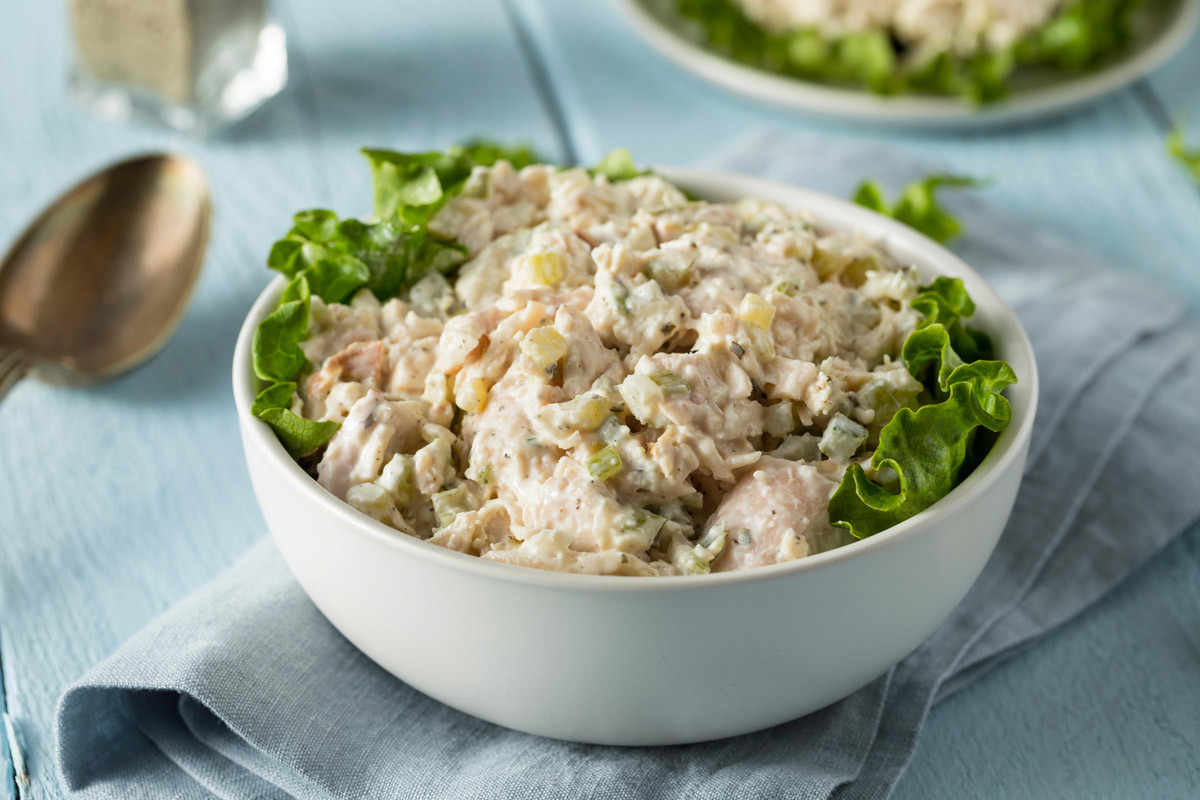
7. Pozharskye cutlets
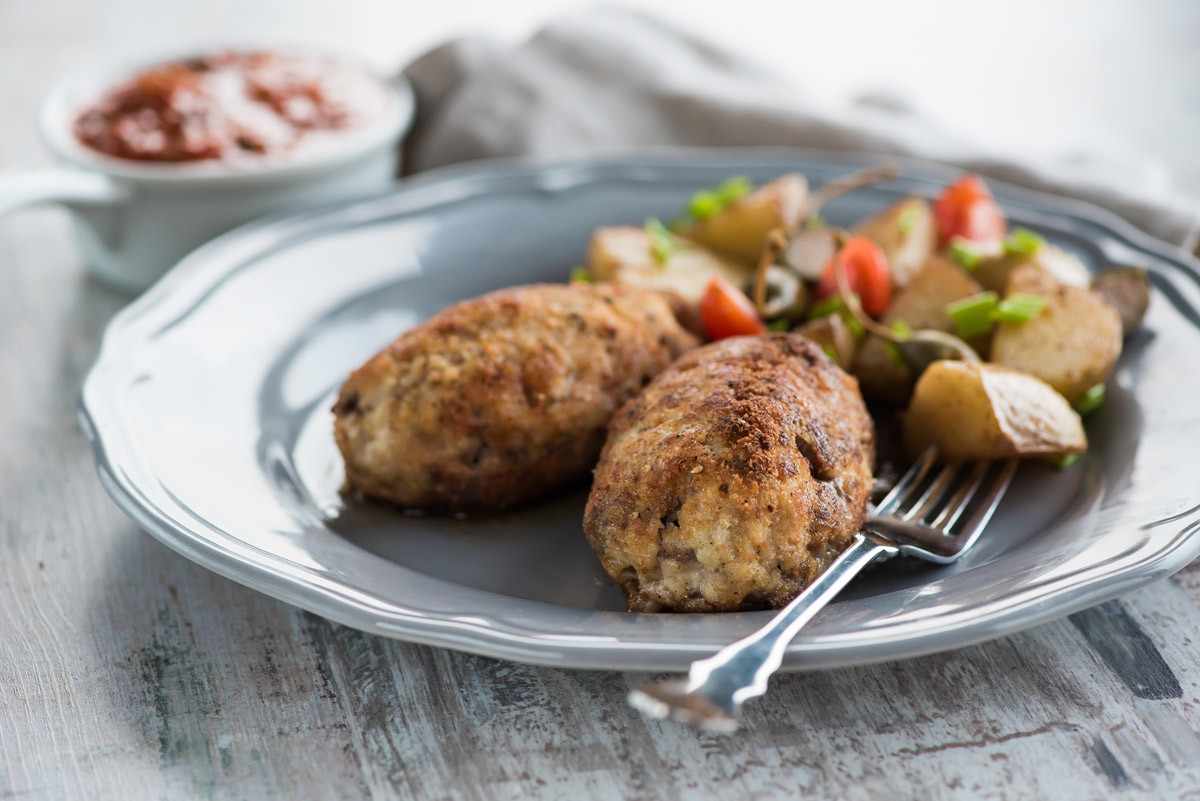
Tender Pozharskye chicken cutlets covered in white bread crumbs are familiar to every Russian. According to the legend, they were invented in the tavern of Ivan Pozharsky in the Tver Region in the early 19th century, when they needed to feed the passing Emperor. After that this dish was included in the Royal menu.
If using any of Russia Beyond's content, partly or in full, always provide an active hyperlink to the original material.
Subscribe
to our newsletter!
Get the week's best stories straight to your inbox